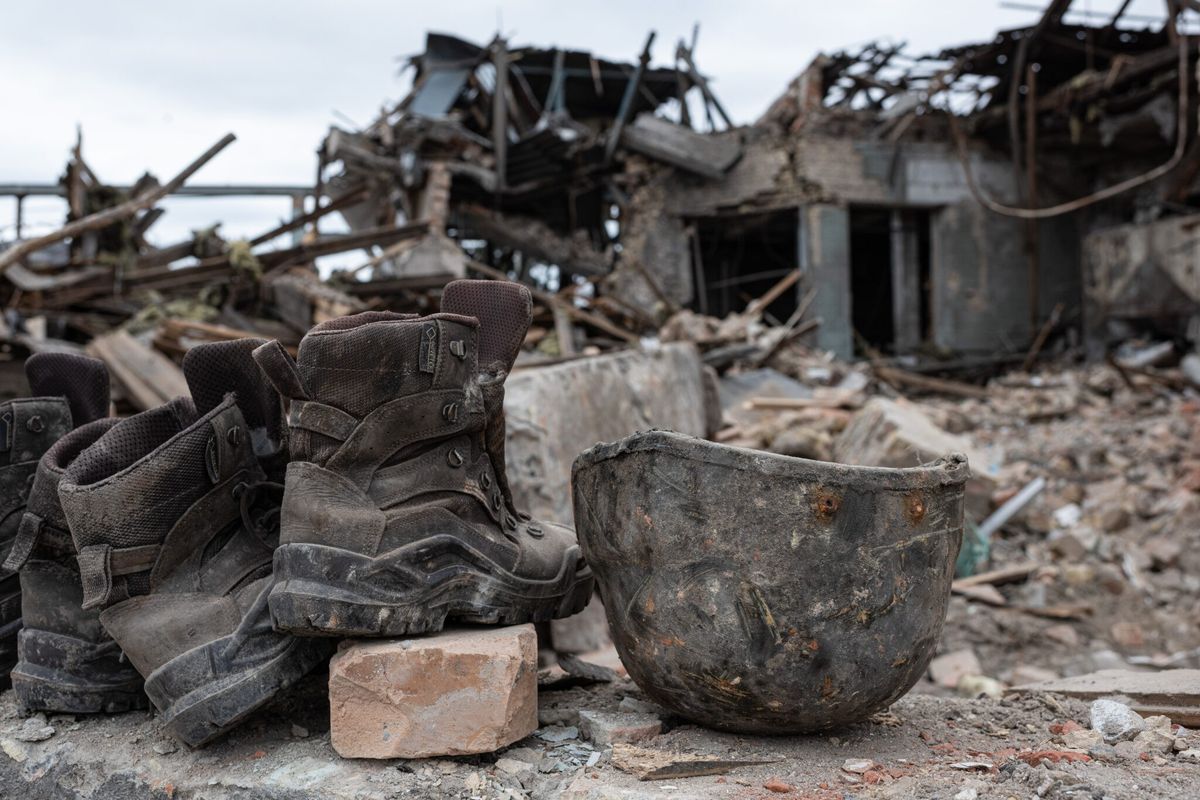Erik Lee, the Executive Director of the North American Research Partnership, spoke with The Cipher Brief to assess the solutions advocated by presidential candidates to resolve the problem of unauthorized immigration. Lee discussed the economic implications of some of the proposals and what he sees as the path forward.
The Cipher Brief: Unauthorized immigration has been a heated topic in the current election. How would you assess the security threat caused by unauthorized immigration from Mexico? How have these numbers changed over the last decade and where is the trend headed?
Erik Lee: It is most certainly a heated political topic, first and foremost because the presidential candidates have chosen to make it one instead of focusing on common-sense solutions. The U.S. economy is doing quite well, actually outstanding compared with the rest of the world, so hot-button, non-pocketbook topics that play to primary election voters’ fears are what the candidates will focus on in this early stage.
I would characterize unauthorized immigration from Mexico as a diminishing public safety issue for the United States because the best research on the issue has consistently shown immigration from Mexico to be at or below net zero for several years now. U.S. Border Patrol apprehension statistics have also shown a downward trend for apprehensions in most sectors for many years. More non-Mexicans than Mexicans were apprehended at the U.S.-Mexico border in 2014, a remarkable occurrence that has yet to be appreciated by either politicians or the broader public. Unauthorized immigration from Central America—which spiked during the summer of 2014—is a symptom of deep-rooted public safety and governance issues in Central America and will create challenging public policy and international relations issues for both the United States and Mexico for years to come.
TCB: One of the more controversial solutions proposed to stop unauthorized immigration is to build a wall along the U.S.-Mexican border. How feasible is this solution? How would this affect the industries that do business on both sides of the border?
EL: Walls don’t stop unauthorized immigration and probably even help to cause all sorts of unintended consequences. I think the evidence clearly shows that increased border security beginning in the mid-1990s—which included a whole range of tactics such as reinforced fencing in some areas along the border—disrupted circular migration patterns and created powerful incentives for undocumented migrants to stay permanently in the U.S. and bring or send for their family members, causing the entire phenomenon to balloon. The upward trend from 1990 to 2007 in the U.S. unauthorized population is impressive, all the more so when you consider the massive amount of spending on border security by the United States during that period. So walls haven’t been shown to work.
While a wall would not help businesses in the interior of the United States or Mexico, other types of increased border security—depending on precisely where the emphasis is; more Customs personnel, more open lanes and booths at ports of entry, and/or increased and better technology throughout the entire system of borders and corridors—could actually help businesses in the border region itself. For example, both governments need to invest more in trusted shipper programs that have the potential to increase security and facilitate trade. The right mix of all of these elements could smooth flows at ports of entry and help the broader business environment in border communities significantly. Another type of self-imposed, non-governmental border security measure—university restrictions on faculty, staff, and student cross-border travel to Mexico—really needs to be devised. Universities throughout the border region need to play a much more visible and active role in cross-border economic development, mostly by encouraging smart people to move back-and-forth across the border more.
TCB: How would you assess the role of unauthorized immigration in our economy? What would be the impact to U.S. businesses of deporting all unauthorized immigrants?
EL: There are mountains of research on this, so it’s tough to summarize succinctly. But the research I have seen on unauthorized immigration has shown it to have a number of complex effects throughout the U.S. economy, including lower wages in some sectors that can also act as a subsidy for middle class families and even boost contributions to entitlement programs, such as Social Security. Common sense would seem to tell us that deporting all unauthorized migrants—which is not at all necessary or really politically or logistically possible—would be enormously disruptive for all sorts of U.S. businesses, particularly those in the service sector. But it is such a radical idea that it is hard to know how it would play out for U.S. businesses or even U.S. society as a whole.
Because we generally do not take to radical ideas in our political system, I think the ideas on how to get around this have already been well-established in previous policy conversations: bring people onto the books, deal with their previous undocumented status appropriately, and integrate them into society through a number of means.
TCB: How can we best approach the security concerns regarding undocumented immigrants already present in the U.S.?
EL: I don’t believe that there are large-scale security concerns regarding undocumented migrants already present in the United States. This is not to say that there aren’t individual cases of undocumented migrants causing public safety issues, or that our immigration or border policy has been excellent by any means. Rather, we have been fortunate, in large part because of the incredible U.S. economy, which is now back at something approaching full employment, and which generates enormous amounts of jobs in various industries, such as hospitality and construction, that are staffed by both documented and undocumented immigrants.
People come here to work. Far and away our best bet is to get these folks on the books via comprehensive immigration reform and work hard to integrate them into society so that they can be even more productive than they already are. It is in no society’s interest to have 11 million people living in the shadows.
TCB: How can the U.S. and Mexican governments work together to alleviate the security threats posed by unauthorized immigration? What solutions will dissuade Mexicans from taking the dangerous trek across the border? Can U.S. businesses have any role in this?
EL: Clearly I think that unauthorized immigration has become an issue for the Mexican government to deal with. The danger posed to Central American migrants as they pass through Mexico has drawn international attention and shined a bright spotlight on the numerous flaws in Mexico’s migration policy and policy implementation. I think it is also quite clear that the United States and Mexico have much work to do with Central America on the issues of migration. The smuggling groups working to move Central Americans to the United States through Mexico are responding to a very real market demand that has shown itself so far to be impervious to a security-only approach.
I think the broader questions are: Where is the real policy conversation on migration in the Americas? Where can it go considering that U.S. policymakers are so deeply divided on immigration reform and that Mexico and Central America are so deeply challenged with establishing rule of law?
As is well-known, businesses could have a role in reducing undocumented immigration through a workable worksite enforcement system that could eventually dissuade Central Americans and others from migrating to the United States, although it is far from clear that there currently is sufficient political will to get this done. However, I do see this as an area that the private sector could provide some positive “disruption” through the introduction of innovative technologies or systems, and partnerships with federal, state, and local governments.












